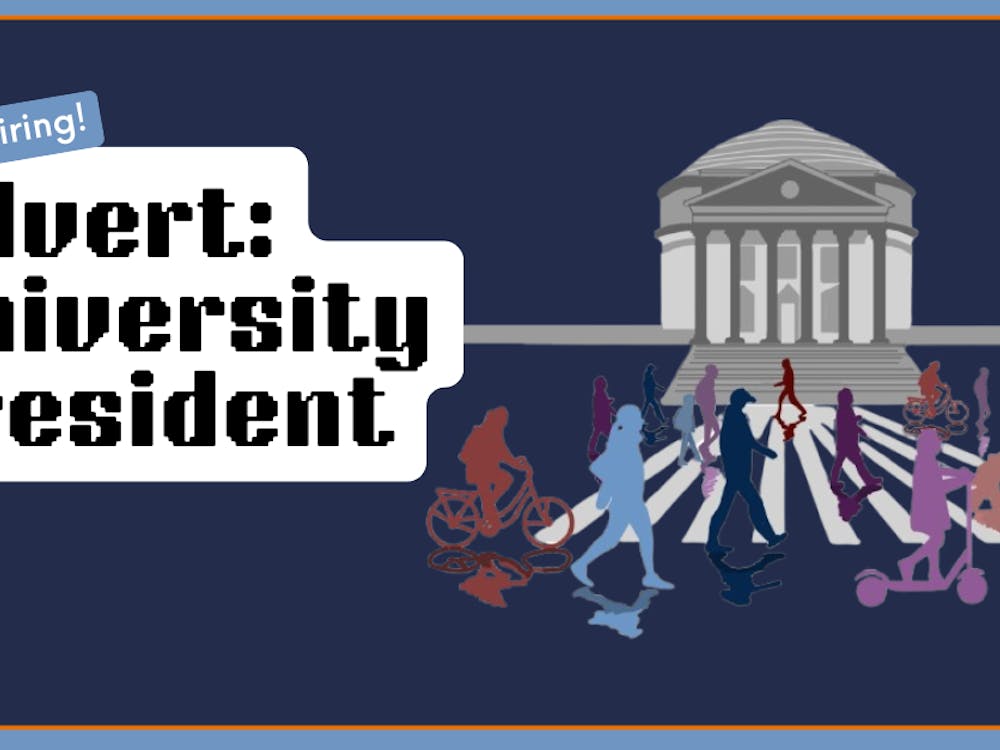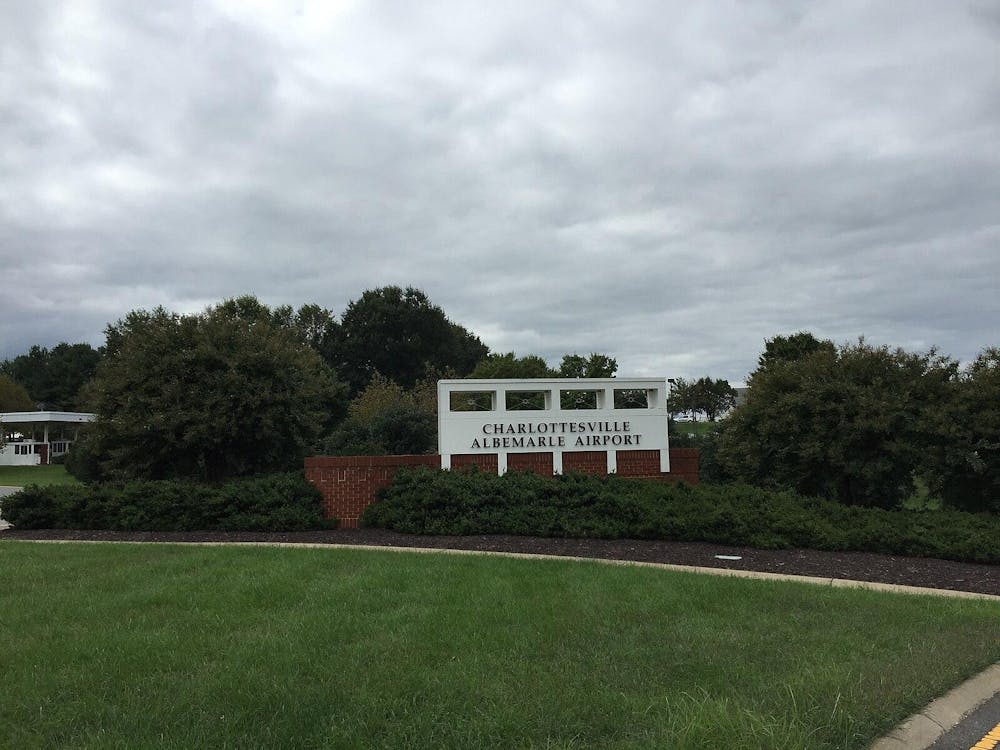University faculty, students and community members met at the Jefferson School African American Heritage Center Monday to discuss plans for the future of the University’s Memorial for Enslaved Laborers.
“We really tried to listen to what people think is vital about the memorial,” design team member Mabel Wilson said in her opening remarks. “[We are] putting these ideas out there so they can get even more feedback.”
In September 2016, the University Board of Visitors hired the Boston-based firm Howeler and Yoon to design the memorial, which is undergoing a detailed planning process to include community input.
Monday’s was the second of a series of three meetings to discuss memorial plans.
Prior to the meeting, the design team sent out a survey asking for community members’ input. Survey participants were able to respond anonymously.
“I want people to stand there and have to reckon with the history that took place at this institution,” one response read.
The MEL design team proposed six tentative concepts for three different locations around Grounds, with two at each site. The three potential locations are the “Triangle of Grass” by Brooks Hall on University Avenue, the Lawn adjacent to Pavillions IX and X and McCormick Road near the current site of the Berlin Wall exhibit.
The proposed McCormick Road location is the former site of Jefferson’s Anatomical Theater, which was demolished in 1939.
The design team presented the six memorial concepts in the form of rough sketches with the intention that they would be platforms for discussion and critique.
The six designs had names: Liberation/Libation, Memory Field, Brush Arbor/Hush Harbor, Scattering and Collecting, Freedom Paths and Ring Sharing/Freedom Circle and were discussed primarily in small groups.
Water was an integral element in multiple designs for its ability to represent the spiritual elements of the slave south and to encourage thoughts about cleansing and rebirth.
“[The MEL should be] a place for silent contemplation and a place to come together,” Marlisa Wise, another member of the design team, said.
Some community members expressed their concerns over making the memorial too abstract without grounding it in the harsh realities of the enslaved laborers that built the University.
Another important theme discussed was the use of brick in the MEL to represent the humanity of the enslaved laborers that built the red brick buildings of the University. The design team also presented the idea of Vietnam-memorial-esque indents into the landscape of the University.
Collectively, in response to the feedback expressed at the Forum, the design team committed to have two or three new concepts to include educational and interactive elements and that deal with accuracy and visibility.
“Real people lived and died to create the University, it was not necessarily just Thomas Jefferson’s dream achieved,” Wilson said.
Some attendees also expressed the desire to communicate that the enslaved laborers were vibrant, intelligent and resilient and that their masters should be included also in the memorial to portray the bondage of slavery.
Charlottesville community member, Ben Doherty, said he wanted to see the team “link consideration of actual reparations” into the memorial and cited examples of legacy admissions or scholarships for descendants of the enslaved laborers at the University.
The community engagement process will continue with another forum Feb. 27.







